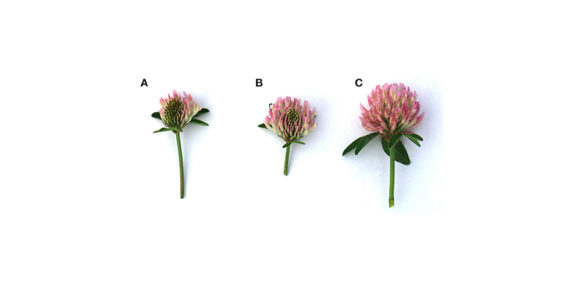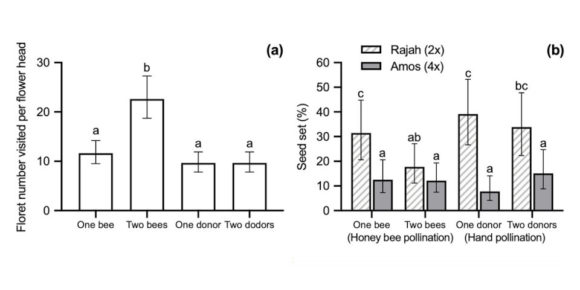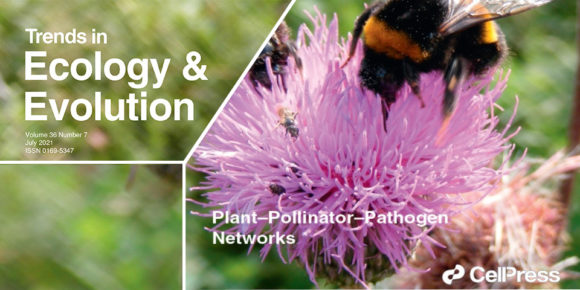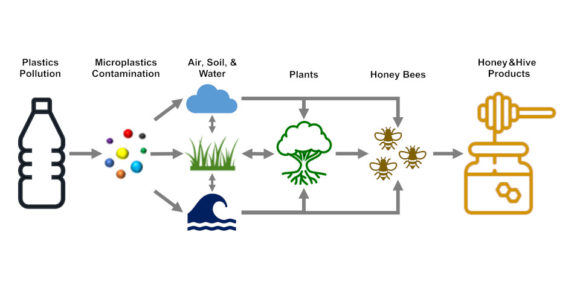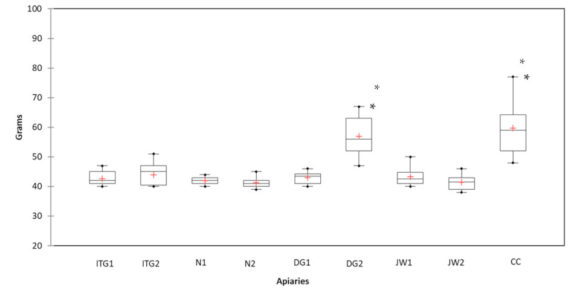Pollination and Plant Reproductive Success of Two Ploidy Levels in Red Clover (Trifolium pratense L.)
Plant reproduction in red clover requires cross-fertilization via insect pollination. However, the influences of visitation rate and timing on maximizing ovule utilization are yet to be determined. We aimed to study the influences of visitation rate, flowering stage, and self-incompatibility on reproductive success. We applied hand and honey bee pollination in the study of eight…






